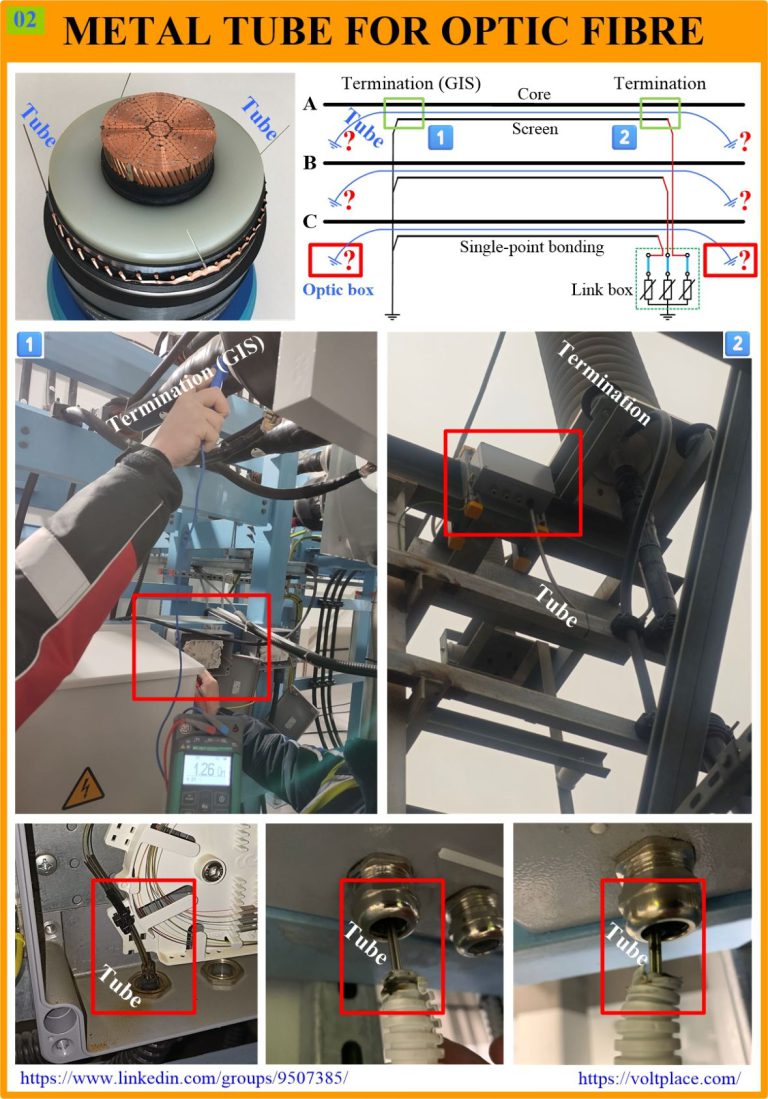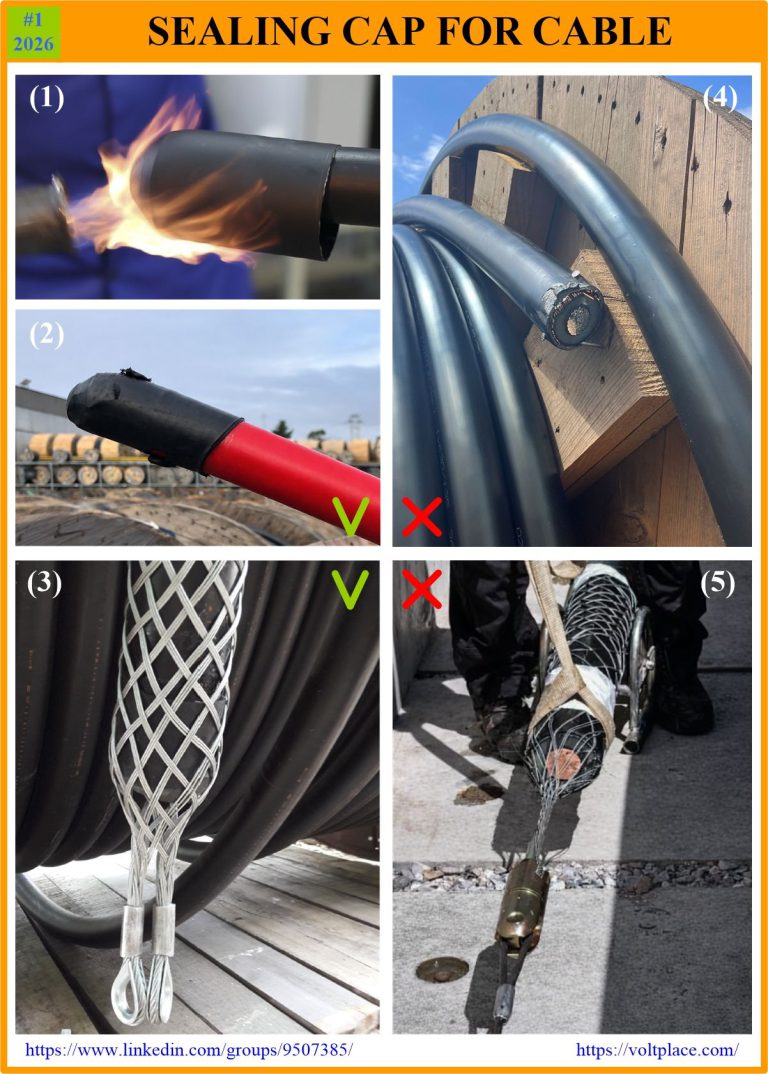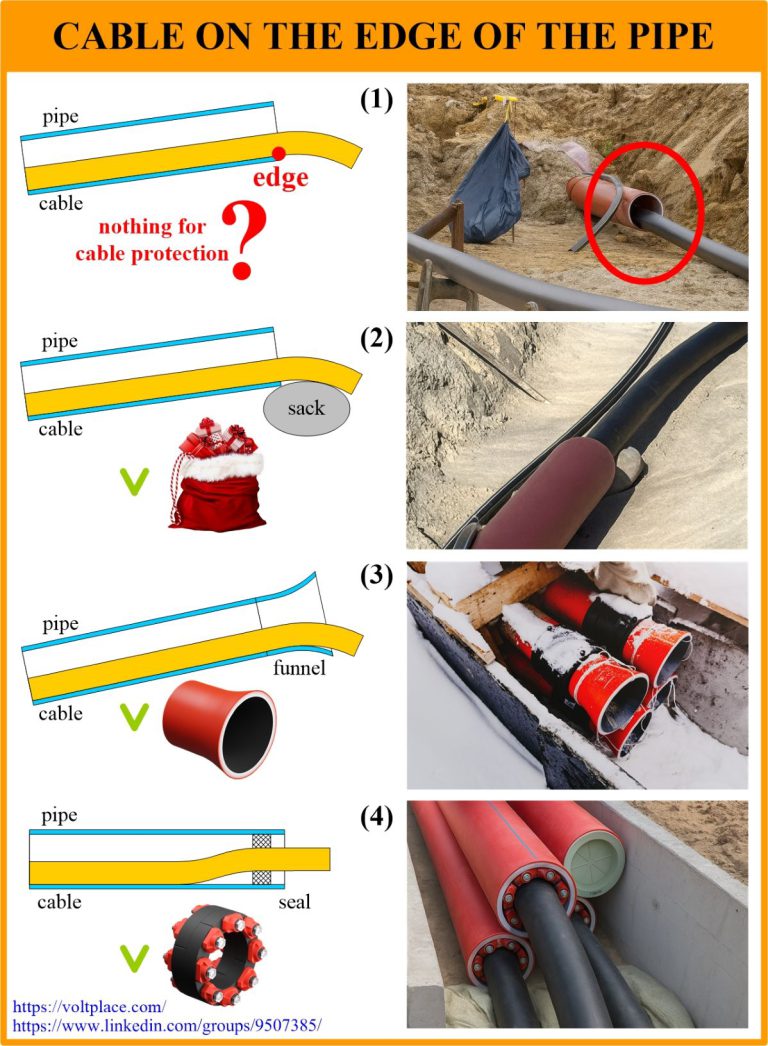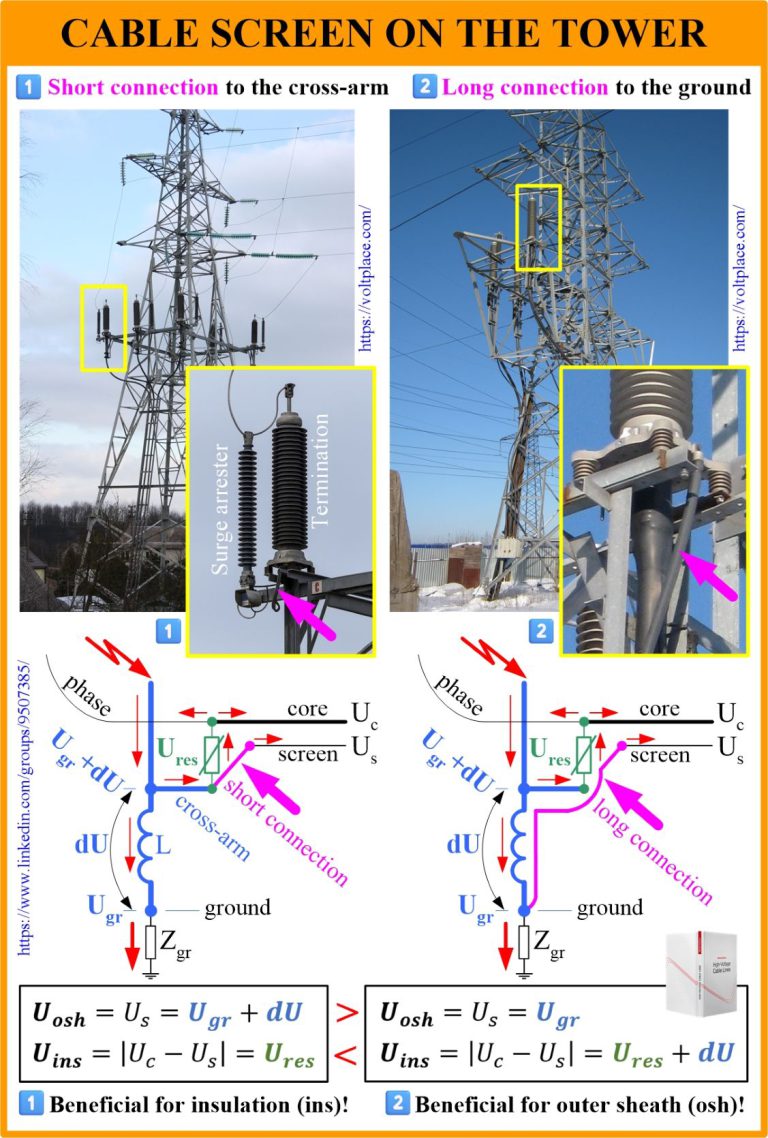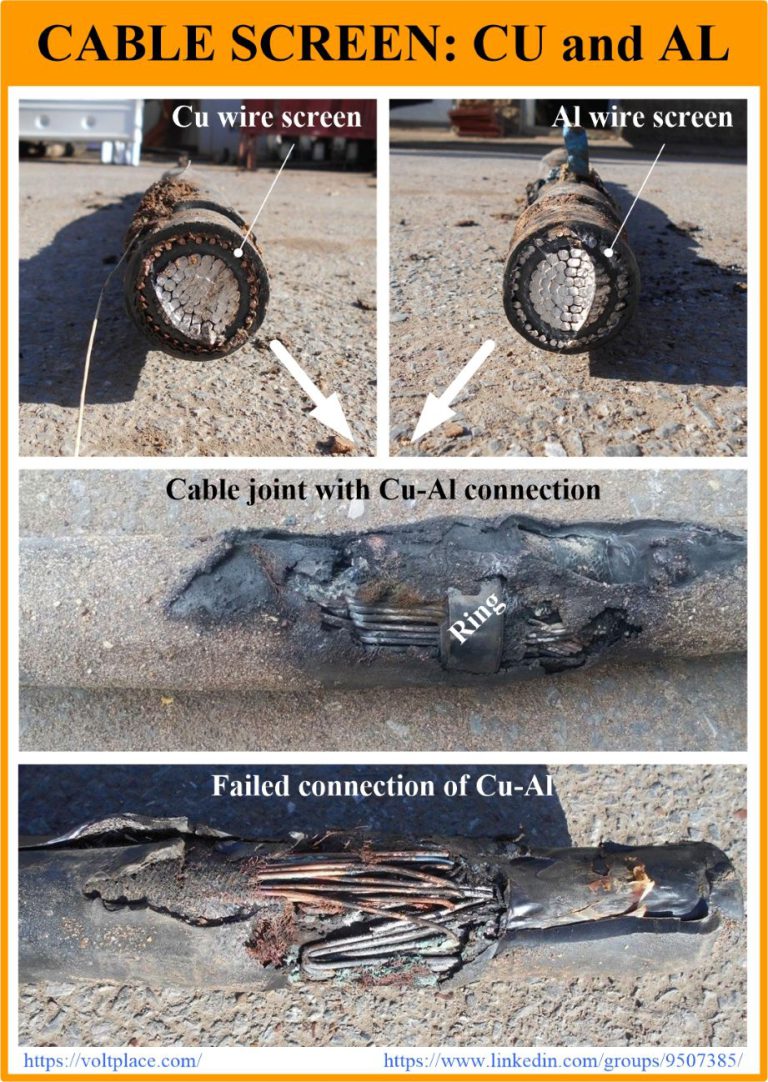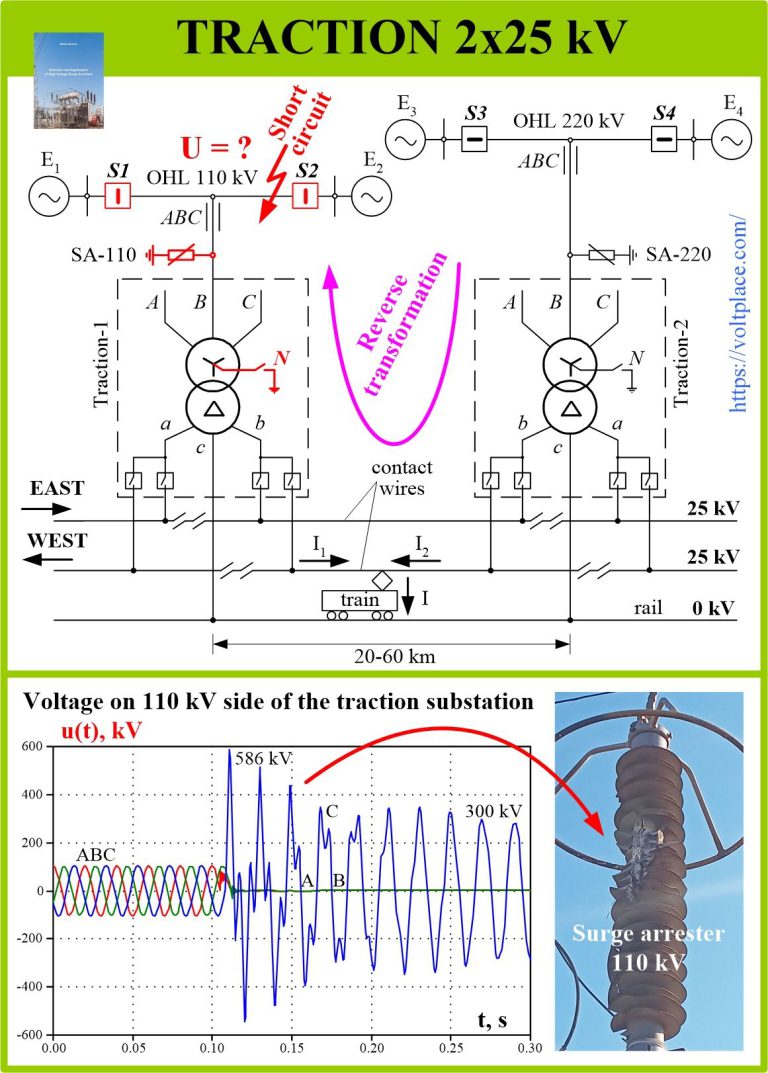Automatic reclosure of the cable line
If a short circuit occurs on the line, the line is switched off. However, what to do next depends on the type of the line:1️⃣ overhead line;2️⃣ cable line;3️⃣ mixed line, having both overhead and cable sections. 1️⃣ OVERHEAD LINEFor an overhead line, up to 60-90% of faults are associated with short-term overlaps of air


